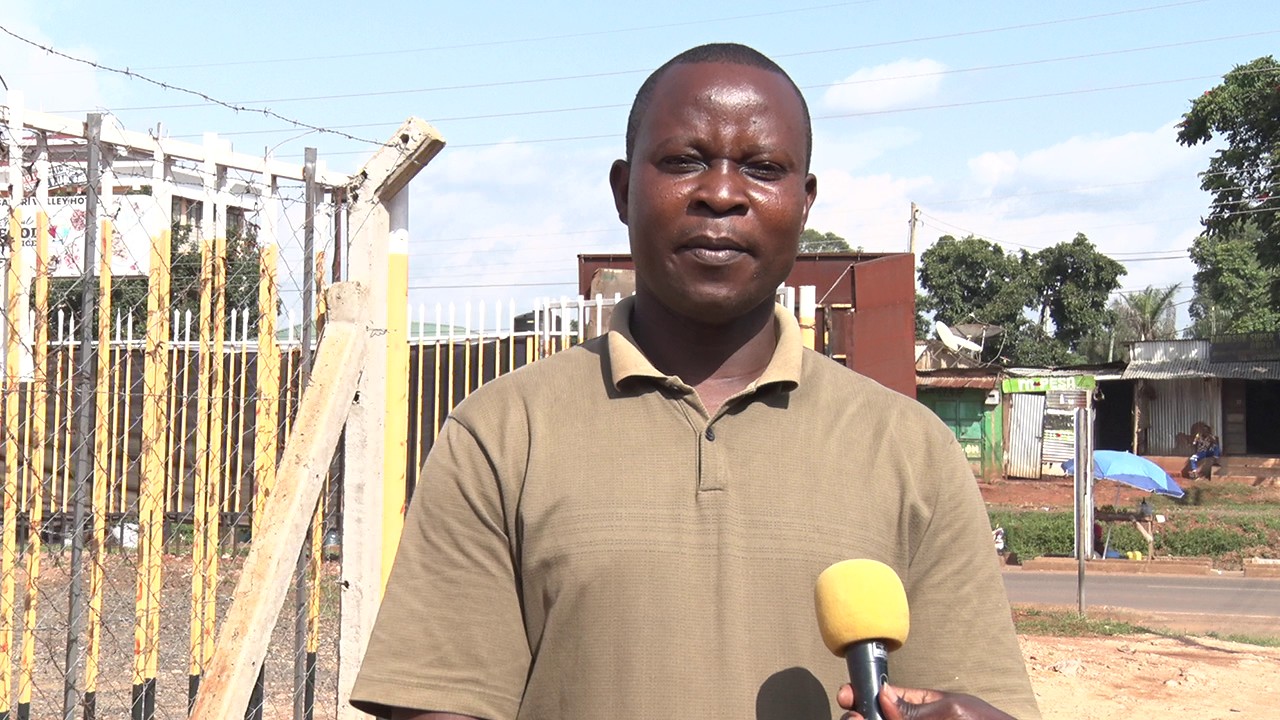Kakamega County government published only four out of 10 key budget documents in 2022 according to the County Budget Transparency Survey (CBTS).
CBTS is an annual survey that assesses availability of ten budget documents that by law each county is required to publish and publicise annually on their official county websites.
The Survey is conducted by the International Budget Partnerships (IBP) Kenya which rates counties on how they adhere to the law on budget transparency.
According to the Survey, Kakamega has consistently published the Annual Development Plan (ADP), Approved Programme-Based Budget and the County Fiscal Strategy paper for 2020,2021 and 2022.
The Survey shows the county published the County Budget Review and Outlook Paper in 2020, skipped in 2021 and published in 2022.
However, the county has not published six budget documents for the past three years from 2020 to 2022.
The Documents include, Citizen Budget, County Quarterly Budget Implementation (CQBI) report for Quarter 1, (CQBI) Quarter 2, (CQBI) Quarter 3, (CQBI) Quarter 4 and the Finance Act.
IBP Budget Facilitator for Kakamega, Marsabit and Vihiga counties Paul Odongo said basing on the budget calendar, the county government should now be uploading budget documents for 2023/2024 on the website as the itemised budget and programme Based budget are already out.
“Transparency is important since if a donor wants to access these budget documents for example and checks through the Kakamega website and does not find them, they might change their mind for lack of transparency. That is why we want these documents to be made available, anybody can download it from anywhere freely without any difficulty,” he noted.
He said budget transparency is important for residents and other stakeholders to track the progress of the development projects, participate in governance and get value for their money.
For instance, he noted that there have been allocations of funds in the approved budgets and programme based budget for Shinyalu tea factory but no implementation report to show whether the construction of the factory is ongoing.
“As Civil Society Organisations, we don’t know the status of Shinyalu tea factory unless you go to the ground to verify; that becomes a challenge because you don’t know where the money is going, why they allocate the money and whether it has been diverted to other departments,” Odongo noted.

